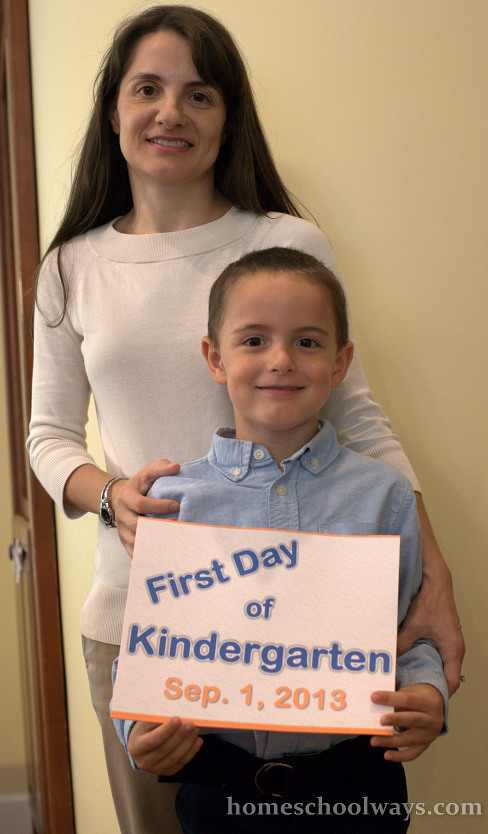Three criteria steered me in the direction of Singapore Math (SM) for my son’s homeschool kindergarten year. Here they are, in no particular order:
1. I feel strongly that little children in general and little boys in particular need lots of hands-on activities to grasp abstract concepts. SM provides lots of practical activities in one lesson before asking a young child to use pen and paper and demonstrate understanding. The written practice is short and sweet, too.
2. I believe that math, like any other subject, can be as boring or as exciting as a teacher makes it. SM makes math fun to teach. As I bring out visual aids and tactile props, my son gets excited. I enjoy watching him learn. Probably because it feels like play time. No groans – like the time I put a Rod and Staff workbook in front of him. He comes up with his own way of using these manipulatives, too. I believe it proves instruction just took place.
3. Asian students always win or place very high in international math competitions. I grew up in Romania and I know that plenty of Romanian students win or place high, as well. Because of my background, I am not bound to the American way of looking at numbers. SM comes close to the way I learned math.
The book is colorful, which helps a young child, I think. The lessons are short and move from hands-on to abstract, a transition that is not always easy. However, I noticed that if I let him “play” with the manipulatives long enough, he is more inclined to color in/match/draw lines in the book afterwards.
I like the emphasis on vocabulary and proper grammar, too. The books suggests the teacher have the child repeat full sentences about the new concept, e.g. “The pattern repeats itself every three pieces.”
All in all, we love Singapore Math Earlybird Kindergarten. Besides the workbooks (A and B), we bought the ten booklets suggested, which contain nursery rhymes like Hickory, Dickory, Dock or classic stories like Goldilocks and the Three Bears. Though not required, these readers add to the overall experience and show my son that math is all around us.
Bonus: my daughter joins us for reading time, so we are all together again. I love the way homeschooling facilitates learning and bonding as a family.



